Saffron costs between $280 and $840 per ounce depending on quality and origin. This high price is due to the labor-intensive harvesting process, where each Crocus sativus flower yields only three delicate stigmas, and over 75,000 blossoms are needed to produce just one pound of saffron. In this guide, we'll provide accurate pricing data, expert buying tips, and verified techniques to maximize saffron's culinary value.
Table of Contents
- What Exactly Is Saffron?
- Why Saffron Costs So Much Per Ounce
- Buying Guide: What to Look for When Buying Saffron by the Ounce
- Creative Ways to Use Saffron in Your Kitchen
- How to Store Saffron to Maintain Quality
- Saffron Price Comparison: Per Ounce vs. Smaller Packages
- Frequently Asked Questions About Saffron
- Conclusion: Saffron Per Ounce – Worth the Splurge?
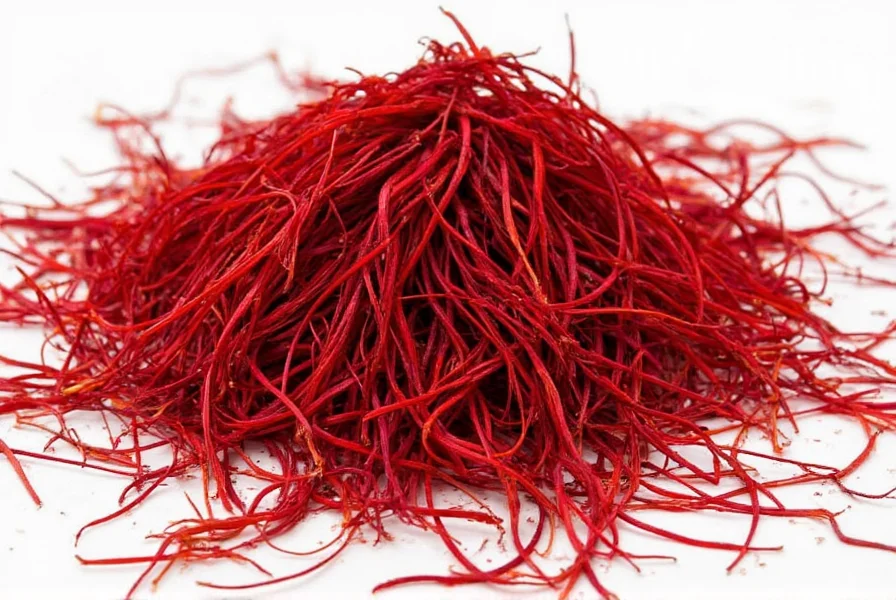
What Exactly Is Saffron?
Saffron comes from the delicate stigmas of the Crocus sativus flower. Each bloom produces only three red-orange stigmas, which are carefully hand-harvested, then dried to create the spice we know as saffron.
It's one of the oldest known spices, with roots tracing back thousands of years to ancient Persia. Today, it's grown in countries like Iran (producing 90% of global supply), Spain, India (Kashmir), and Greece.
The Unique Qualities of Saffron
- Color: Gives a golden-yellow hue when steeped
- Flavor: Earthy, floral, and slightly sweet
- Aroma: Intense, hay-like fragrance
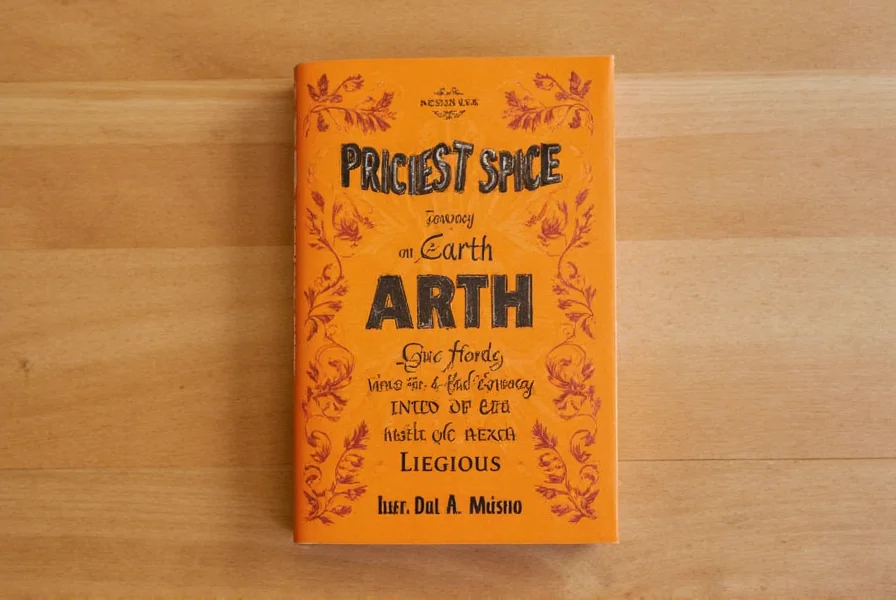
Why Saffron Costs So Much Per Ounce
Saffron's price per ounce ranges from $280 to $840+ due to extreme labor intensity and limited supply. Here's why:
Harvesting Challenges
- Each crocus bloom yields only 3 stigmas
- One pound of saffron requires approximately 75,000 blossoms
- Hand-picking ensures quality but requires 40 hours of labor per pound
Processing & Purity
- High-grade saffron undergoes strict drying and curing processes
- Lower-quality versions may include stamen or filler threads
- Pure saffron is free from added chemicals or dyes
| Country | Price per Ounce | Quality Level |
|---|---|---|
| Iran | $280–$420 | AAA Grade (High) |
| Spain | $400–$600 | Extra Superior Thread |
| Kashmir, India | $500–$840 | Premium Long Threads |
| Mixed Sources | $200–$350 | Includes Lower Grades |
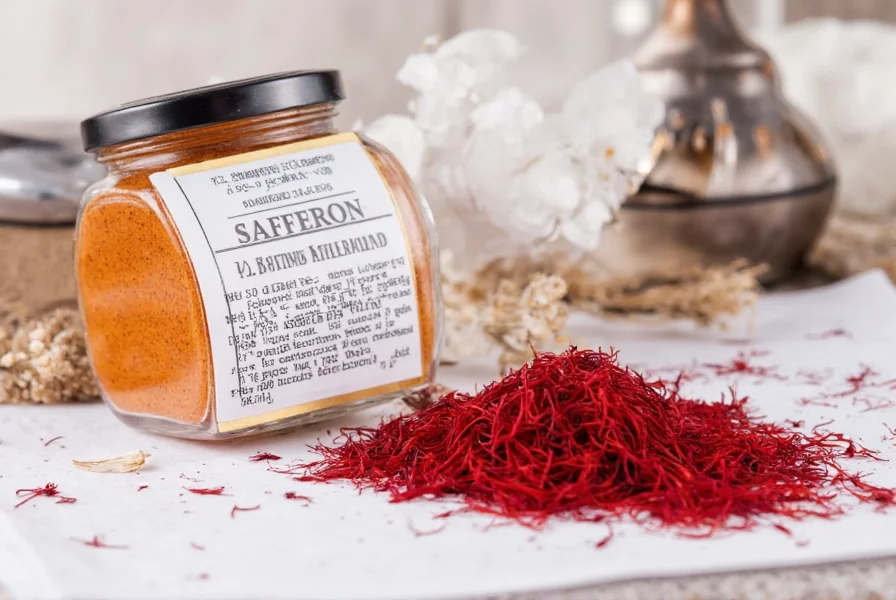
Buying Guide: What to Look for When Buying Saffron by the Ounce
When purchasing saffron per ounce, knowing what you're getting is crucial. Here's a guide to help you choose wisely:
Key Features to Check
- Thread Length: Longer threads (3.5cm+) indicate higher quality
- Color: Deep crimson with orange tips (not uniformly bright red)
- Smell: Strong, hay-like aroma (no chemical scent)
- Origin: Look for certified origin labels (Iranian, Spanish, or Kashmiri)
- Moisture Content: Should be dry to touch; dampness indicates spoilage risk
Recommended Brands (Per Ounce)
| Brand | Features | Use Cases | Who It's For |
|---|---|---|---|
| Rumi Spice (Afghanistan) | Clean, long threads; USDA-certified | Paella, risotto, desserts | Home cooks and gourmet chefs |
| Iranian Sargol | Top-tier grade; no stamens; ISO-certified | Special occasion dishes | Chefs and culinary professionals |
| Lalitpur Saffron (India) | Kashmiri origin; GI-protected; lab-tested | Biryani, kheer, teas | South Asian cuisine lovers |
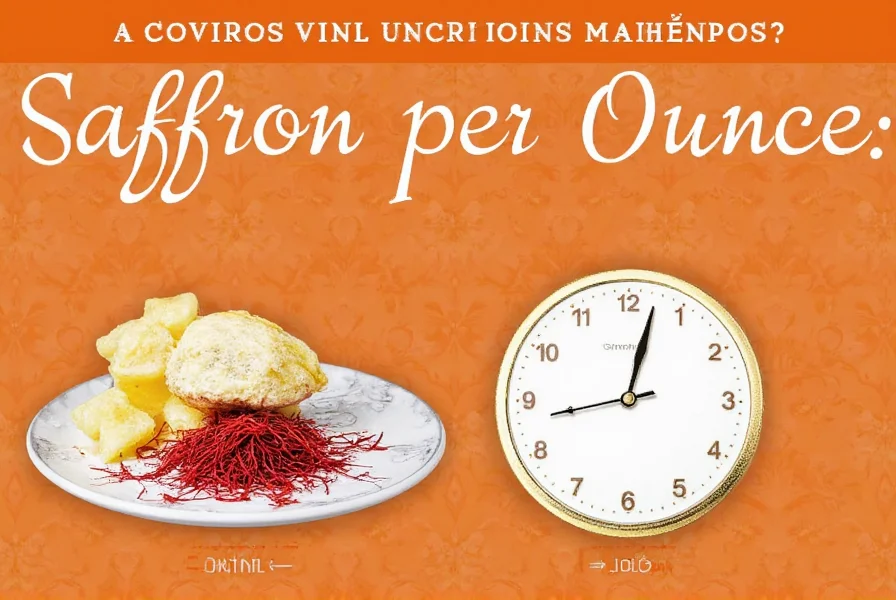
Creative Ways to Use Saffron in Your Kitchen
While saffron is famously used in paella and biryani, its versatility goes far beyond those classics. Here are some fun and delicious ways to incorporate saffron into your meals:
Top 5 Unexpected Saffron Uses
- Saffron Rice Pilaf: Infuse basmati rice with saffron water for extra elegance.
- Saffron Tea: Brew with honey and cardamom for a soothing, aromatic drink.
- Saffron Butter: Mix powdered saffron with softened butter for steak or seafood.
- Saffron Ice Cream: Add a pinch to vanilla base for a golden twist.
- Saffron Cocktails: Use infused syrup in gin or rum-based drinks for a fancy flair.
Pro Chef Tip:
To unlock saffron's full flavor, soak the threads in warm liquid (water, milk, broth) for 20–30 minutes before using. This releases the volatile compounds that give saffron its signature taste and color.
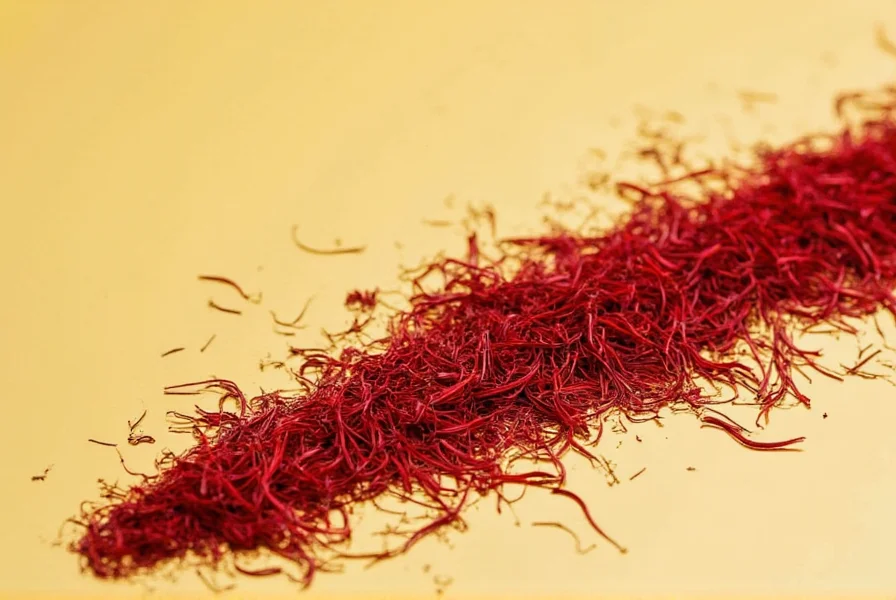
How to Store Saffron to Maintain Quality
Because saffron is so precious, proper storage is key to preserving its flavor and aroma over time. Here's how to keep it at its best:
- Use an Airtight Container: Glass jars work best, as they don't absorb odors.
- Keep It Cool & Dark: Heat and light degrade saffron quickly. Store in a cool pantry or cupboard.
- Avoid Moisture: Never refrigerate unless in extremely humid climates — and even then, double-seal the container.
- Label & Date: Track when you bought it — high-quality saffron lasts up to 2 years if stored correctly.
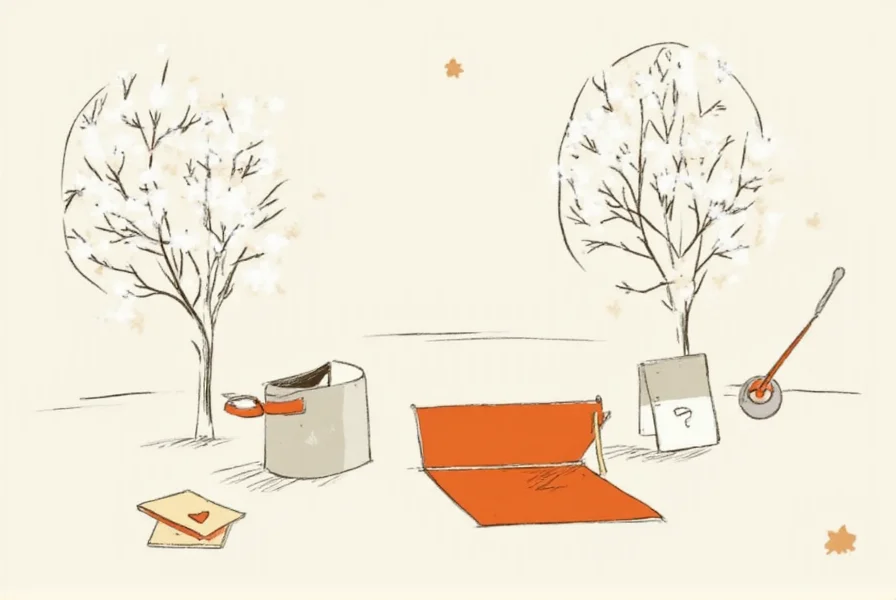
Saffron Price Comparison: Per Ounce vs. Smaller Packages
So, should you buy saffron by the ounce or stick with smaller quantities? Let's compare:
| Size | Typical Cost | Pros | Cons |
|---|---|---|---|
| 0.04 oz (1g) | $10–$15 | Ideal for occasional users | Higher price per ounce ($280–$420) |
| 0.1 oz (3g) | $25–$35 | Good for experimenting | Still pricey per unit ($250–$350) |
| 0.25 oz (7g) | $50–$70 | Best value for frequent users | Need proper storage space |
| 1 oz | $280–$840 | Long-term savings, bulk cooking | Only makes sense if used often |
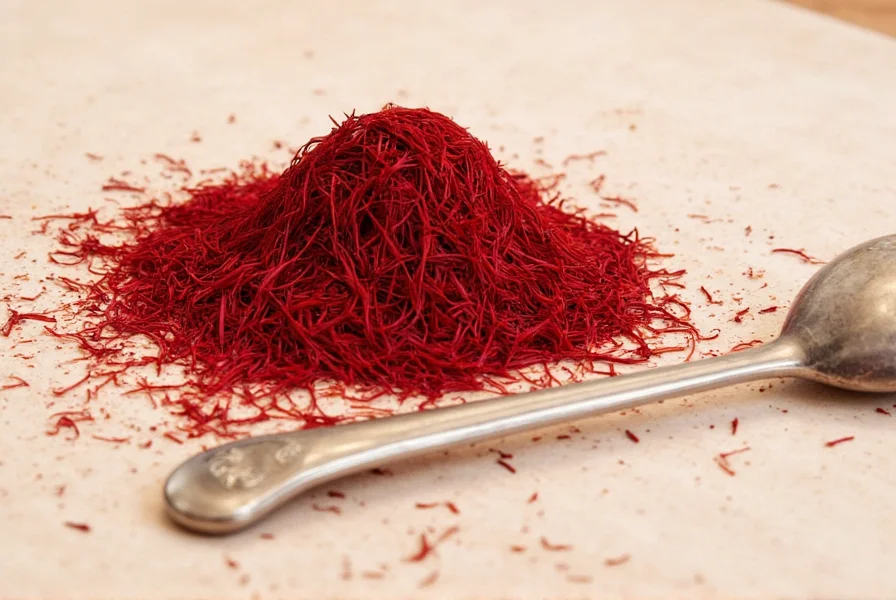
Frequently Asked Questions About Saffron
How many recipes can I make with one ounce of saffron?
One ounce of saffron contains approximately 5,600–8,400 threads. Since most recipes require 10–20 threads per serving (for 4 people), a single ounce can yield 280–840 recipe servings. This makes it an excellent investment for frequent cooks who regularly prepare saffron-based dishes like paella, risotto, or biryani.
Is buying saffron by the ounce more cost-effective than smaller packages?
Absolutely. When purchased by the ounce, saffron typically costs 30–50% less per gram than smaller retail packages. For example, while a 1g package might cost $12–$15 (equivalent to $336–$420 per ounce), buying a full ounce directly could cost $280–$840, representing significant savings for regular users.
How much saffron should I use per recipe when measuring from an ounce quantity?
For most dishes serving 4 people, use 10–20 threads (about 0.05g). When working with a full ounce, it's helpful to measure using a digital scale that can measure to 0.01g precision. Alternatively, count threads: approximately 200–300 threads equals 0.1g. For consistent results, many professional chefs recommend grinding a small portion of your ounce quantity and storing it in a separate container for daily use.
Can saffron go bad if I buy a full ounce?
Yes, but proper storage significantly extends its shelf life. When stored correctly in an airtight container away from light and moisture, a full ounce of high-quality saffron can maintain peak quality for 18–24 months. The key is dividing your purchase into smaller portions for daily use while keeping the remainder sealed in optimal conditions.
How do I tell real saffron from fake when buying by the ounce?
- Visual inspection: Authentic saffron threads are deep crimson with orange tips, not uniformly bright red
- Texture test: Real threads feel slightly brittle but not powdery; they should release color gradually when soaked
- Water test: Place 3–4 threads in warm water — genuine saffron will release golden-yellow color over 10–15 minutes, not instantly
- Aroma check: Should have a distinctive floral-hay scent, not chemical or artificial
- Price reality: If an ounce costs less than $200, it's likely adulterated — pure saffron cannot be that cheap
What's the best way to store a full ounce of saffron?
For optimal preservation of a full ounce purchase, divide it into three portions: one small container for immediate use (1–2 months), a medium portion for medium-term use (3–6 months), and the remainder vacuum-sealed in a dark glass container. Store all portions in a cool, dark cupboard away from heat sources. Consider adding silica gel packets to absorb any moisture, but ensure they don't touch the saffron directly.
How do I measure saffron without a precision scale?
If you don't have a digital scale, use the thread-count method: approximately 20 threads equal 0.05g, which is sufficient for most 4-person recipes. For more precise measurements, create a reference card: count out 100 threads, fold them in half, and store them in a small labeled envelope — this represents about 0.25g, a common recipe measurement.
Why does saffron price vary so much per ounce by country of origin?
Price variations reflect differences in cultivation methods, labor costs, and quality standards. Iranian saffron (constituting 90% of global production) benefits from ideal growing conditions and lower labor costs. Spanish saffron undergoes more stringent processing standards. Kashmiri saffron commands premium prices due to its limited production (only 7–10 tons annually worldwide) and unique terroir. Always verify authenticity through third-party certifications when paying premium prices.
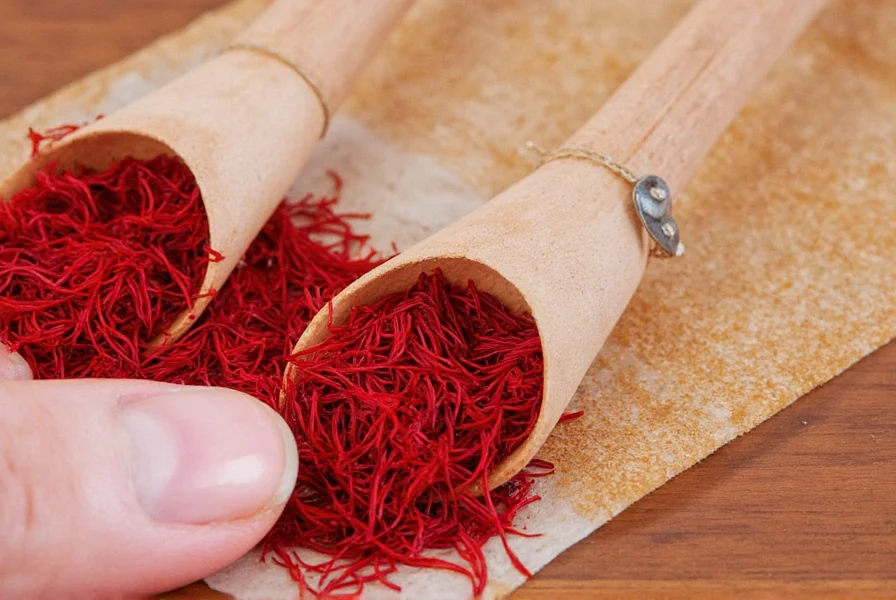
Conclusion: Saffron Per Ounce – Worth the Splurge?
Saffron per ounce may seem expensive, but its unparalleled flavor, vibrant color, and culinary prestige make it a worthy investment — especially if you cook with it regularly.
Whether you're preparing a special holiday meal, exploring global cuisines, or simply looking to impress guests, having saffron on hand can elevate your cooking game instantly.
For everyday home cooks, starting with smaller packages makes sense. But if you find yourself reaching for saffron again and again, buying by the ounce could be your golden ticket to richer, more luxurious flavors in the kitchen.
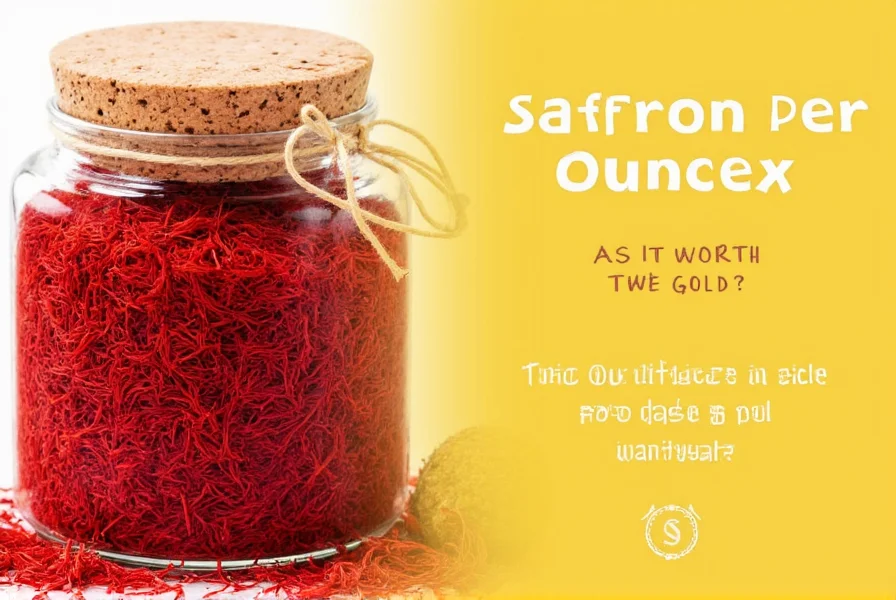

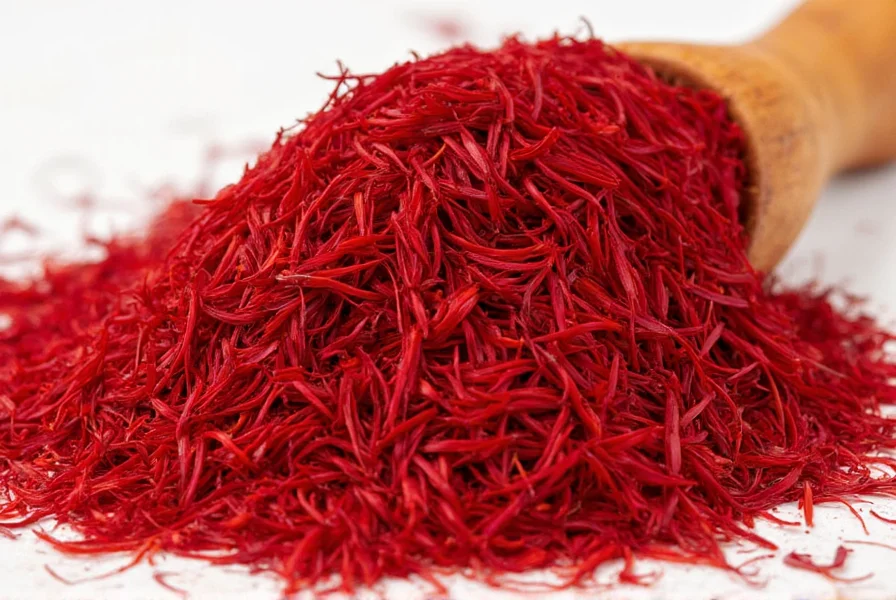









 浙公网安备
33010002000092号
浙公网安备
33010002000092号 浙B2-20120091-4
浙B2-20120091-4